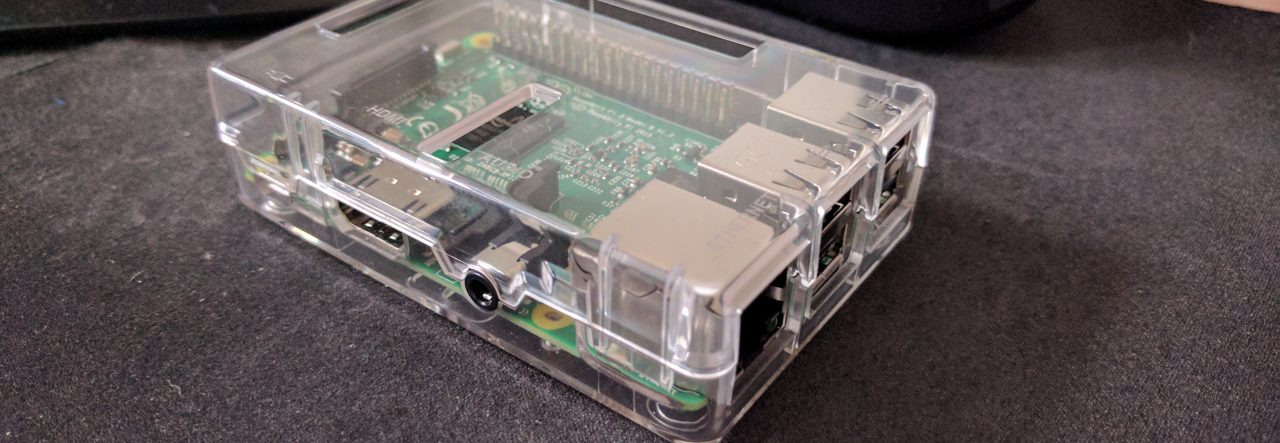If you’ve read the news at all lately, you are no doubt aware that computing hackers and “malware” (software that does malicious things to your computer or your data) is very much on the rise. As such, I thought I would comment on a computer setup technique that is very simple to implement, yet stops a large number of malicious software programs before they even get started.
This technique involves setting up a “non-administrator” login account. This technique is especially important to users of Microsoft’s Windows XP operating system…but it applies to ANY operating system.
Whenever you access a modern operating system (such as Windows, Max OS, Linux, etc.), you typically have to “log in” to the system using a user name and password. While some operating systems can make it look like you are bypassing this step (such as some configurations of Windows XP), the fact is that you really are NOT bypassing the log in phase. What is occurring is that the operating system is logging you in “automatically” to a specific “default” login account.
Login accounts serve many purposes, one of which is to be able to assign permissions to the user of that account. Permissions are used to limit what actions a given user is capable of performing. For example, you would NOT want just any old user of your computer to be able to format the main hard disk, causing you to lose all of the data on that drive. Some people might format the disk maliciously…others might do it accidentally. To prevent this, only highly trusted users have their login accounts granted the permission to perform such a potentially dangerous action.
The thing that is important to note here is that some operating systems (Windows XP was one of them) used to set up your log in account for you during installation…and always set up the account as an Administrator (an administrator account is one that typically is allowed to do ANYTHING on the system). When it comes to malware…running in an Administrator account is a death sentence!
You see, malicious software typically needs to install itself somehow onto your computer in such a way that it will be activated each and every time your computer is turned on. To do this, it needs access to parts of the system that non-administrator logins usually are not allowed to access. Since malware first runs under the account that is logged in at the time if first arrives on your computer, if you are logged in as an administrator, the malware has no trouble at all installing itself into the deep recesses of your computer. However, if after you set your computer up you were to create a “non-administrator” login account…and if you always used THAT account for your every day activities, then malware would have a MUCH harder time trying to install itself into the operating system.
Now, there are some really “hard-core” malware programs out there that can take advantage of flaws in your operating system or other related software and install themselves even from a non-administrator login account. However, by using this one setup technique, you eliminate a LARGE precentage of the malware floating around on the internet from being able to trouble you.
Since each operating system has its own method for setting up login accounts, I can’t give you a step-by-step description on how to do that. You will need to read the manual (always a measure of last resort!) or else get assistance from a computer savvy friend or family member that you trust.
If you already have a non-administrator account that you use on your computer for every day tasks, then good for you! If not, make it a goal this week to set up (or have set up on your behalf) a non-administrator account and then USE THAT ACCOUNT for your day-to-day activities. The headache you avoid may just be your own!

Comments are closed.